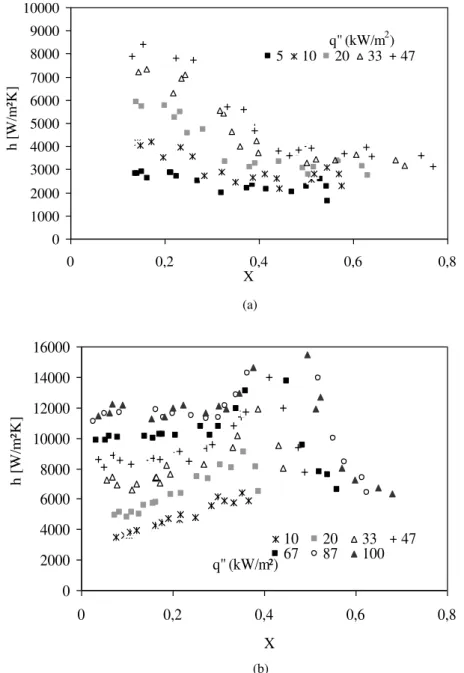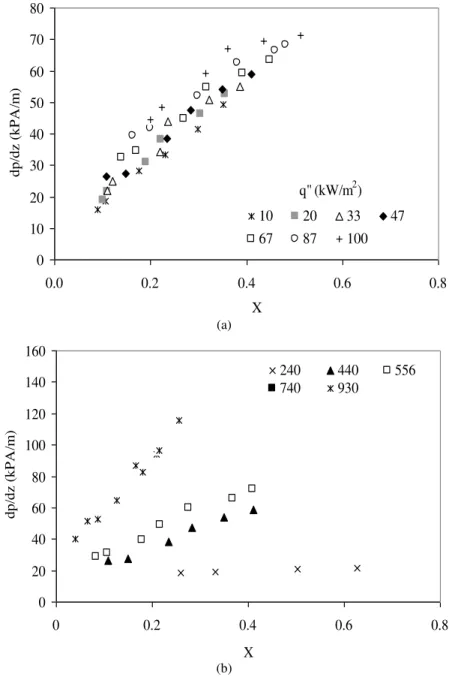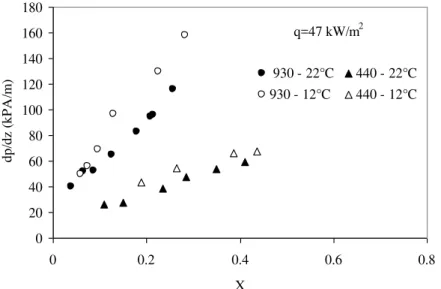J. Braz. Soc. Mech. Sci. & Eng. vol.33 número especial 1
Texto
Imagem




Documentos relacionados
Table 2 shows the heat transfer surface and the estimated values of the global heat transfer coefficient for each exchanger, as well as the estimated mass transfer coefficients
The topics covered include film fraction measurements in a Venturi scrubber, superficial void fraction measurements by using the wire-mesh technique, statistical
Experiments are performed for single and two-phase flow and RELAP5 code (RELAP5 code, 1999) is used to simulate this circuit. Theoretical results from RELAP5 are compared
• For an equal jet penetration, the increase in the number of jets (injection orifices) increases the liquid holdup, thereby decreasing the gas holdup, modifying the
In this experimental study, the wire-mesh technique based on capacitance measurements is applied to study two-phase slug flows in horizontal pipes.. Based in raw data
Taking into account that the method of Müller-Steinhagen and Heck (1986) is simple to be implemented and worked the best according to Hernandes (2010)
Classical flow maps (e.g., Mandhane et al., 1974), indicate that the intermittent slug and plug (or elongated bubble) flow regimes exist for a wide range of gas
When the model is used in an inverse mode to compute from measured water hold-up and oil/water pressure loss the oil and water superficial velocities, the errors are

